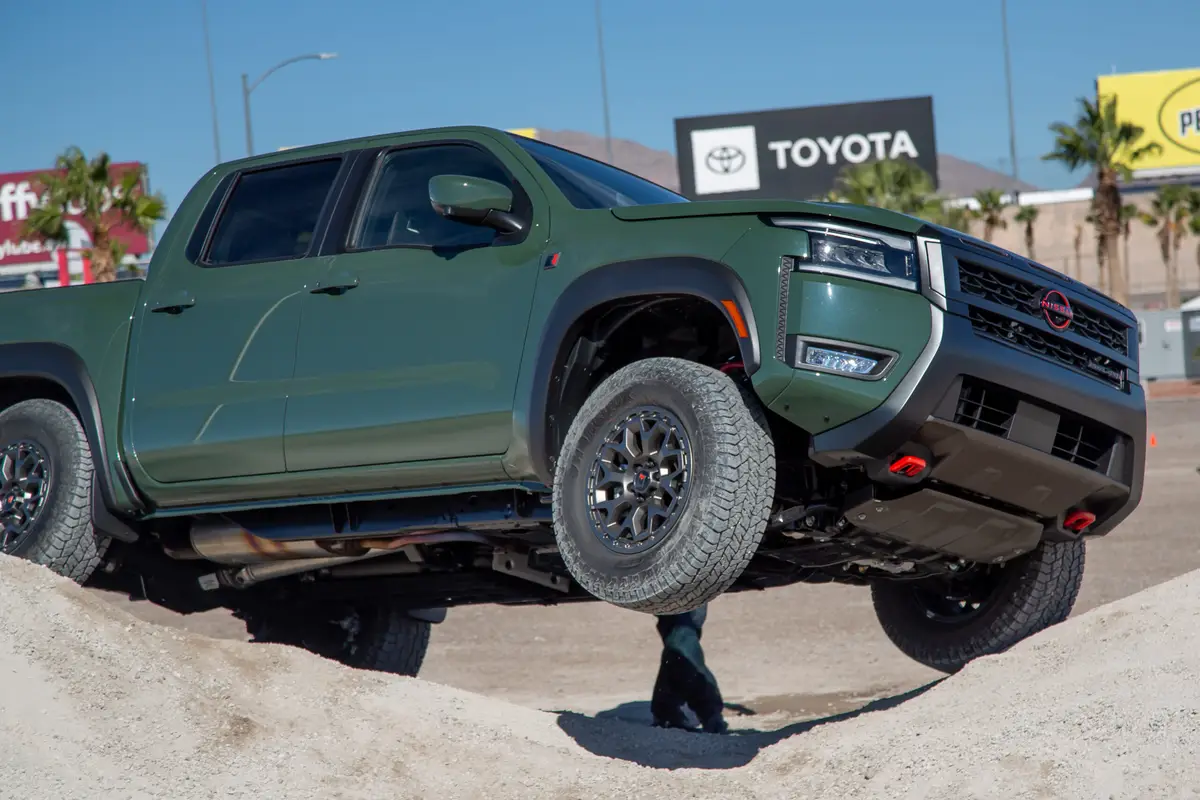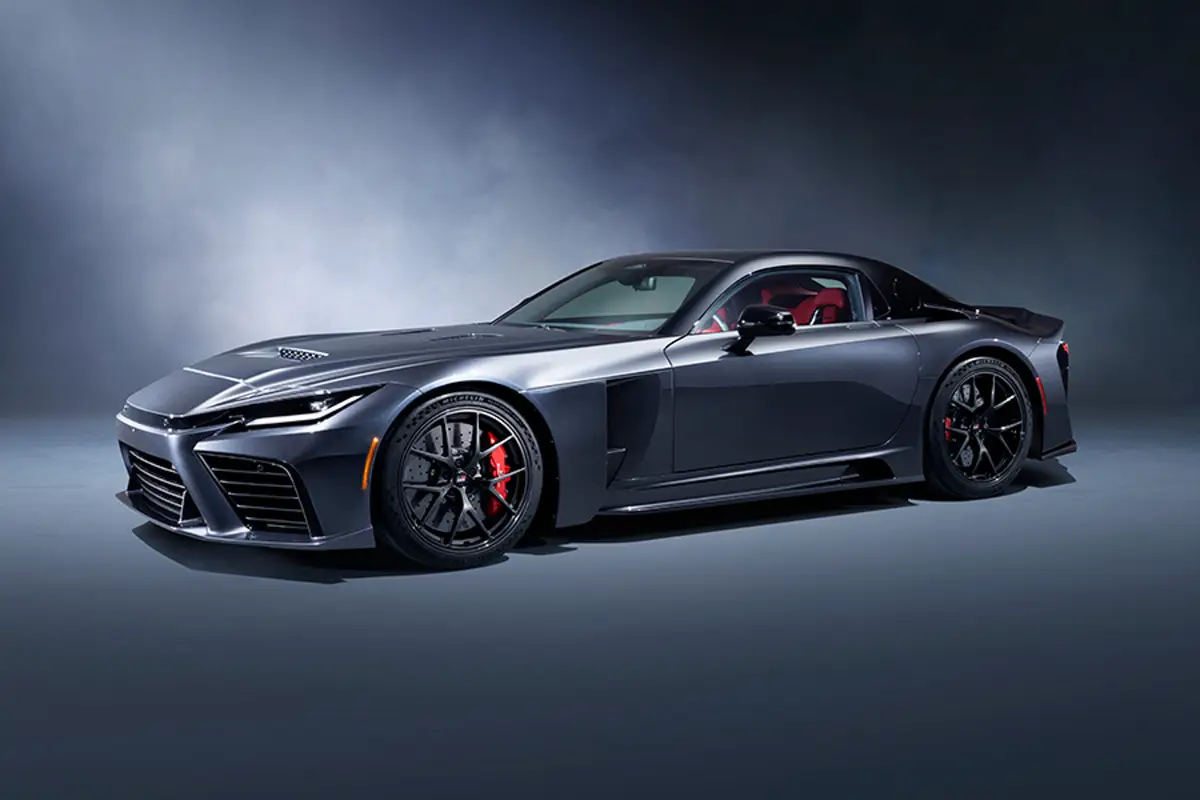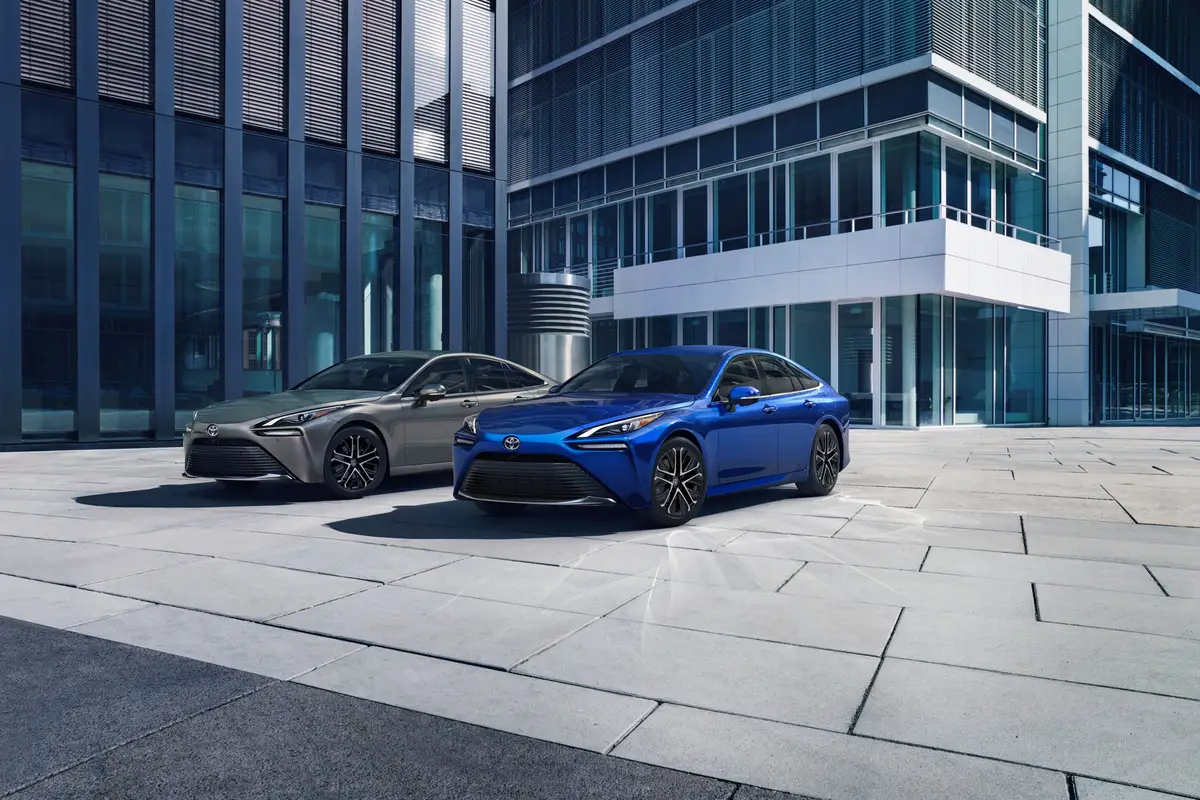The Morning Call and Mcall.com's view
Factory performance cars have made a strong comeback since those dark, dreary days of the 1970s when ”how many miles per gallon does it get?” replaced ”how fast can it go from 0 to 60?”
These were the days when American auto manufacturers not only had to meet federal emissions standards but federal mileage mandates. Things were further complicated by a tremendous increase in gasoline prices and occasional spot shortages.
The result of all of this was nothing short of sheer panic in Detroit. And the first casualty in this rout was the performance or muscle car. This strictly American study of rapid locomotion was an awesome sight. Not only was the muscle car a fast car (in straight-line acceleration it could beat anything offered by any other country at a fraction of the cost), but it proclaimed this to the world through oversized air scoops and spoilers, decals, stripes and trick paint jobs.
The sight of one was enough to induce apoplexy in an insurance underwriter, cause the corner cop to fumble for his ticket book and bring a smile to the face of a gasoline station owner. In a word, the muscle car was an outrageous vehicle. And while it wasn’t exactly run out of the country, it did have to go underground for a decade or so.
But cars can be more than just basic transportation and many people want a little excitement out of their vehicles. Today’s performance car, however, is a much different car from the old muscle car. It isn’t any slower but it is a much more sophisticated piece of machinery that features two things never even dreamed of in the old days – excellent handling characteristics and, surprise of surprises, decent fuel mileage.
Today’s test car – the Mercury Capri 5.0L – is an amazing car for a couple of reasons. First, Ford Motor Co. and Mercury Division should be given an award for getting so many years out of the same body. The Capri (Mercury’s version of the Ford Mustang) has been using basically the same body and platform for seven long model years. True, there have been many refinements since this model was introduced in the fall of 1978, but it is beginning to be a bit of a stretch. The amazing part, though, is that the ’85 model looks great and as up to date as anything on the market. But, this has been a very copied model. Take a look at some of the imports, particularly the Japanese sporty and sports cars, and you will see a lot of Capri/Mustang in them.
The other thing I find amazing is the price of this car. At a little over $10,000, the base price on the 5.0L, it is no doubt the best value for dollar in a performance car. In fact, there is not much that can touch this car outside of some high-priced, limited-production imports. The biggest competition for the 5.0L are some other American performance cars.
The Capri has a wheelbase of 100.5 inches; overall length, 179.3 inches; width, 69.1 inches; height, 52.1 in ches, and curb weight, 2,872 pounds. Storage space behind the rear seat measures 16 cubic feet. With the back seat folded down (it has a split seat back) it has a capacity of 32.5 cubic feet. The bubbleback liftback styling of the Capri is what really distinguishes it from the Mustang. This particular touch looks like it was lifted from Porsche. But, then, the auto world is a borrowing world.
Front seat passengers sit in two impressive articulating bucket seats. These are Ford’s version of expensive European bucket seats and they come as standard equipment in the 5.0L. These seats are manually operated and, in addition to the usual fore/aft track movement and reclining seatbacks, there is an adjustable thigh support and lumbar support. The seats also feature high side bolsters, which, of course, are designed to hold a person in place during hard maneuvering. The buyer of an average car would probably consider them too firm. But performance and sports car enthus asts will have no complaints. Back seat room is typical of a small two-door car. If the front seats aren’t extended fully to the back, the rear seat should hold two adults or eight teenagers in relative comfort.
Now to the fun part. The 5.0L designation of this model stands for the five-liter V-8 used in this car. In more American terms this is the venerable 302 V-8 that in one form or another has been powering Ford products for many years. The version in the test car is known as the H.0. 4V or High Output with four-barrel carburetor. This is the hottest version of this engine since emission controls were established. It cranks out 210 horsepower at 4,800 rpm and 265 foot pounds torque at 3,400 rpm, and, as can be expected, is nothing but mean.
One should not have to strain the imagination to figure out what happens when a 210-horsepower engine is placed in a car weighing less than 2,900 pounds. The test car could go from 0-60 in just about seven seconds and I don’t even want to know what the top speed is. But this engine is impressive even when just idling at a red light. Crank down the window and savor the powerful rumble from those dual exhausts. The good old days live!
The test car was equipped with a five-speed manual transmission that had a short throw and shifted smoothly. The clutch, however, has a few tricks in it – but nothing drastic. No big problems but you know right away you’re not running through the gears of an economy car. Fifth gear is a super overdrive gear that provides impressive highway fuel mileage. With all of the power this engine produces that may seem like a contradiction. But the engine is only turning over 1,500 rpm in fifth gear at 55 mph. In other words it loafs on the highway. The test car averaged 24 mpg on a trip from here to the Jersey shore and back. Keep in mind, if the old muscle cars could have racked up mileage figures this impressive, they would still be around. City driving averaged about 14 mpg.
The test car was also driven north through the Poconos in a snowstorm. I must say that even with the ”Traction-Lok” rear axle, the 5.0L is not really in its element on ice and snow (sort of like testing a four-wheel drive vehicle in a domed stadium). As can be expected there’s a lot of wheel spin on the slippery stuff. But those big P225/60VR tires mounted on 15 by 7-inch cast aluminum wheels do help out somewhat. On the whole, though, this is a car to leave in the garage when the weather is extremely bad.
Fortunately, the 5.0L has plenty of suspension to handle all of its power. It is more of a performance car than a sports car but it doesn’t seem to know the difference. Handling is responsive, quick and predictable. With all of that power and all of that weight in front (it is a bit nose heavy) the back end does break loose on hard cornering but it recovers with just a flick of the steering wheel (which goes from lock-t o-lock in only 2.4 turns), a change of gear, a bit more gas pedal or, if everything else fails, a fast prayer. The suspension features modified MacPherson struts up front, four-bar link coil springs with ”Quad-Shock” (four nitrogen-filled shock absorbers) in the rear and stabilizer bars fore and aft. All very impressive. The ride, not surprisingly, is very firm. But if you want to move and groove, this is the way to go.
Base price for the 5.0L is $10,223 and includes as standard equipment the 302 H.O., five-speed manual, sport seats, aluminum wheels, Traction-Lok rear, front air dam with fog lamps, the big tires, handling suspension, power brakes, power steering, rear window defogger, tinted glass, tilt steering wheel and an AM-FM radio. Total price on the test car came to $12,396. The delivery charge was $374 and options included air conditioning, $743; flip-up sun roof, $315; speed control, $176; an upgraded electronically-tuned AM-FM stereo radio with assette, $300; premium sound system, $138, and power lock group, $127. As mentioned before, certainly not a b ad price for all it offers.
Latest news



